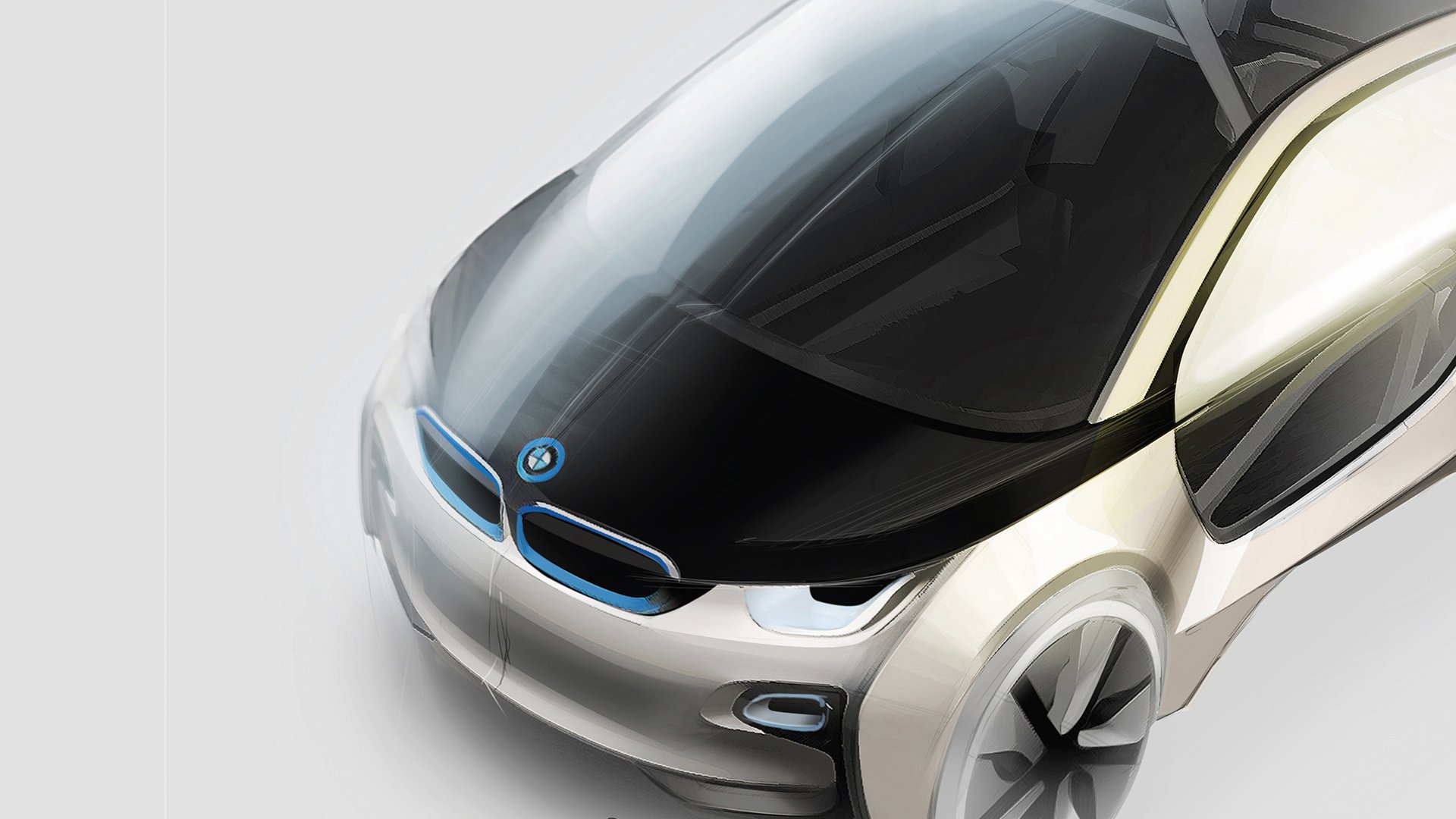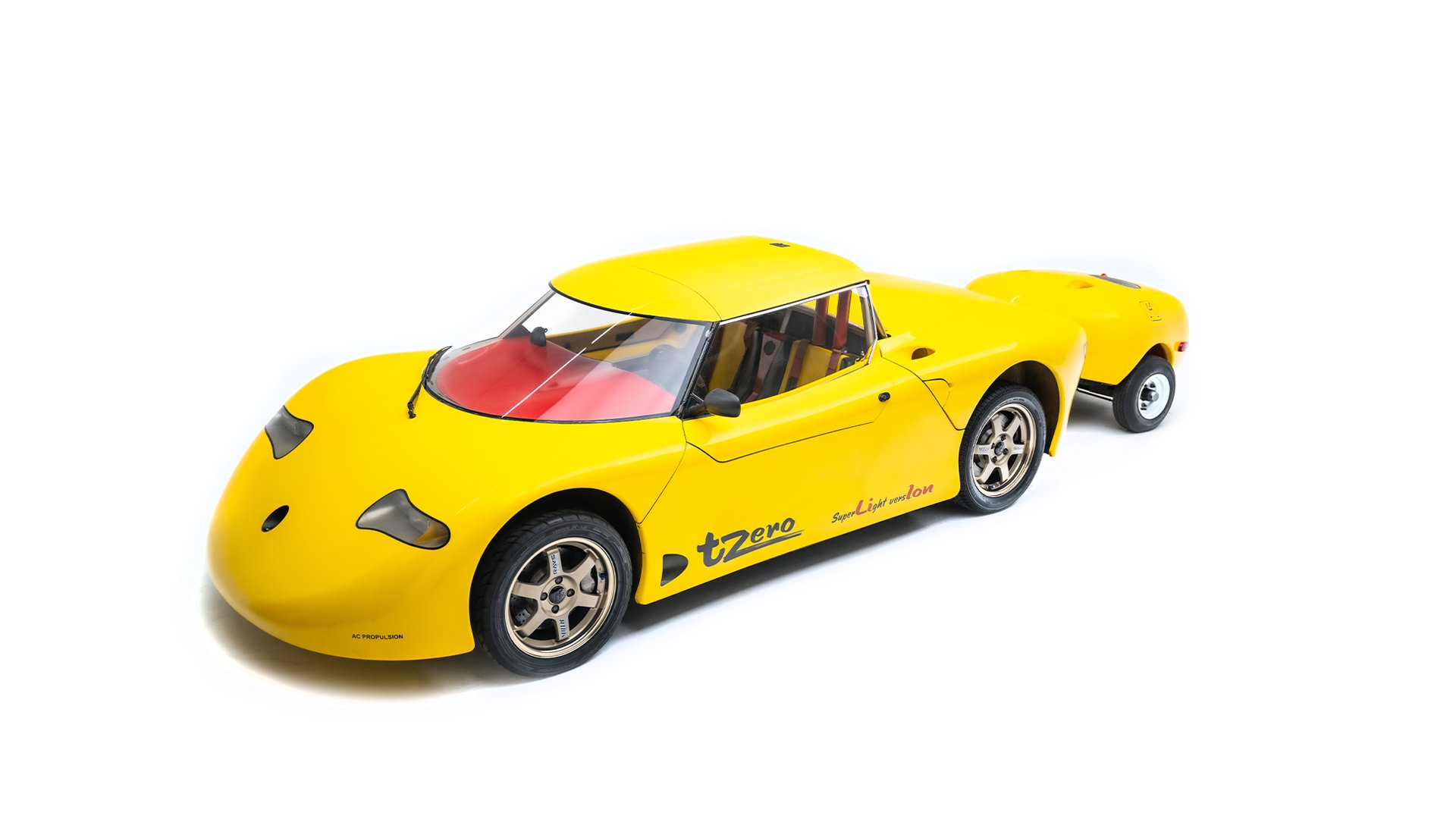
Alternating Currents
The Fall and Rise of Electric Vehicles
2nd Floor
Propulsion + Components Galleries
Constant Rotation
Vehicles are subject to change within the exhibit without notice.
Electricity has been used to power automobiles since the 1830s, when Scottish inventor Robert Anderson built a rudimentary electric carriage. At the turn of the 20th century, it was the most popular means of motor vehicle propulsion; it was clean, quiet, reliable, and especially well-liked by wealthy women who appreciated—and could afford—the autonomy that electric cars offered. However, electric vehicles were also heavy, expensive, limited in range, and required a great deal of time to recharge, and these drawbacks could not be easily addressed with then-available technologies.
Inexpensive oil and the wide adoption of the electric self-starter during the mid-1910s ultimately enabled petroleum-powered vehicles to dominate the market. Still, automakers continued experimenting with electric power over the next century, and with the limits of internal combustion engineering now becoming ever more apparent, new interest in electric power has prompted the automobile industry to reintroduce electric vehicles as part of their mainstream marketing mix. Today, the demand for EVs is so strong that manufacturers who do not offer them are more the exception than the rule.
Exhibit Supported By
Exhibit Videos
Vehicles In Exhibit
Vehicles are subject to change without notice. More vehicles can be seen within the exhibit and may not be on the list.
Exhibit Imagery
Explore all our current exhibitions at the Petersen Automotive Museum
Current Exhibits
Explore the Vault
Experience 250+ of the rarest vehicles ever assembled, hidden beneath the Petersen Automotive Museum













